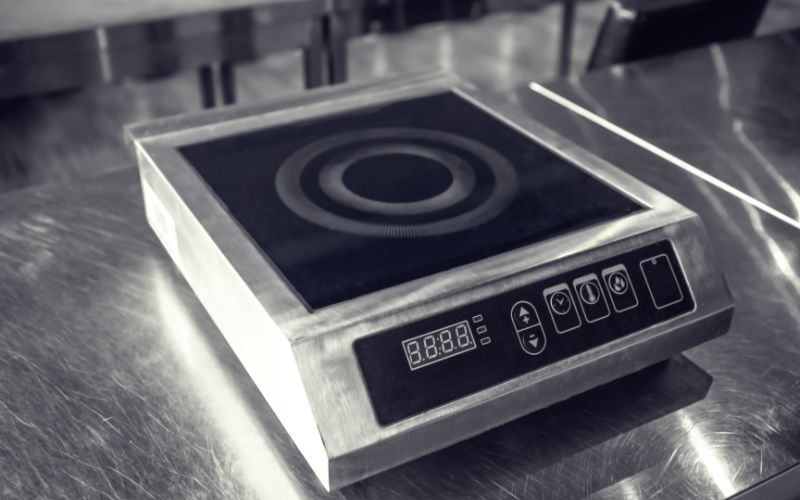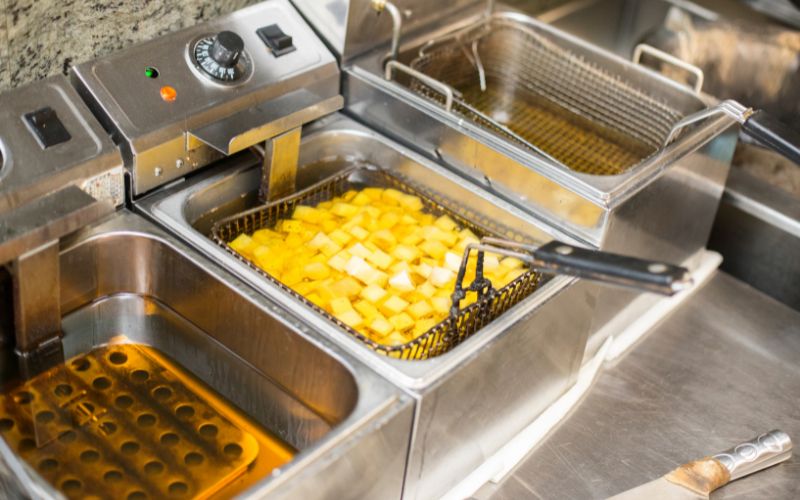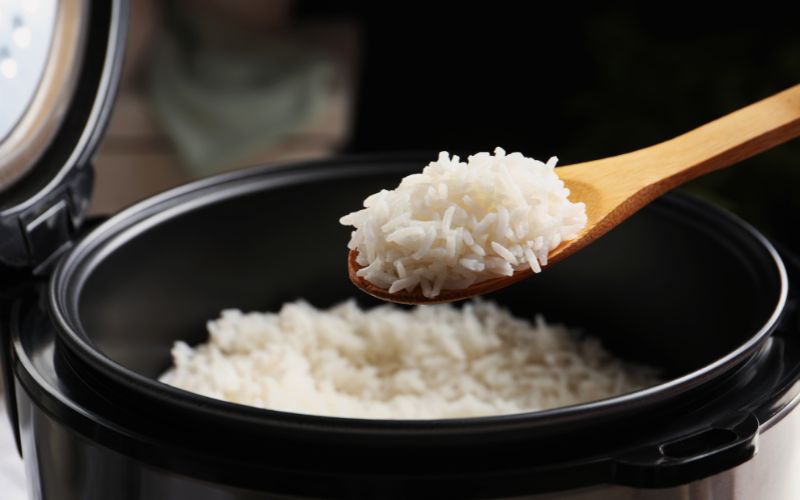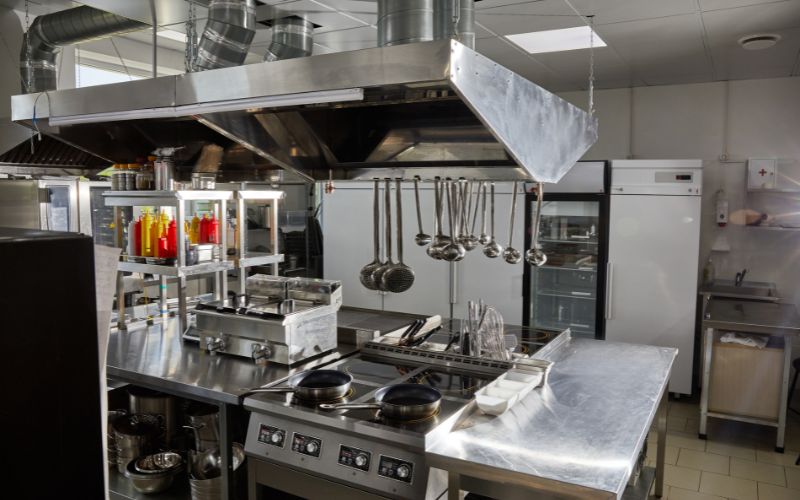Unlocking the Mystery: How Induction Cooktops Work
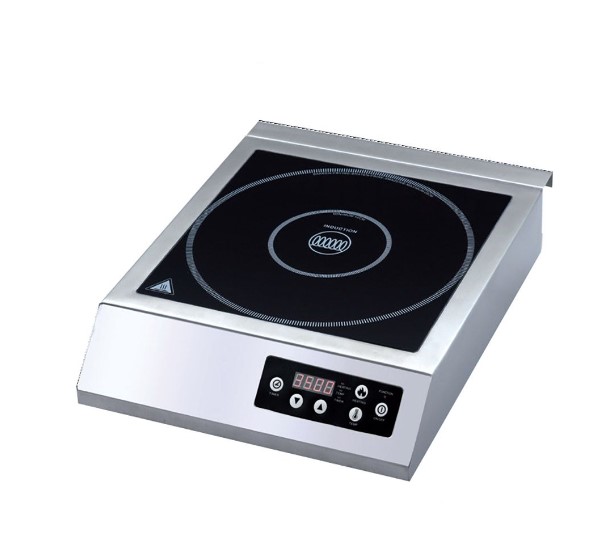

Are you tired of cooking with a traditional gas or electric stove that takes ages to heat or cool? It's time to unlock the mystery behind induction cooktops, a revolutionary technology that uses electromagnetism to heat your pots and pans directly without heating the cooktop surface. With faster cooking times, precise temperature control, and energy-efficient operation, induction cooktops are becoming increasingly popular in modern kitchens. But how do they work? In this blog post, we'll dive deep into the science behind induction cooking and explore the fascinating principles that make it all possible. So put on your science hat, and let's unravel the mystery of induction cooktops together!
The Science Behind Induction Cooking
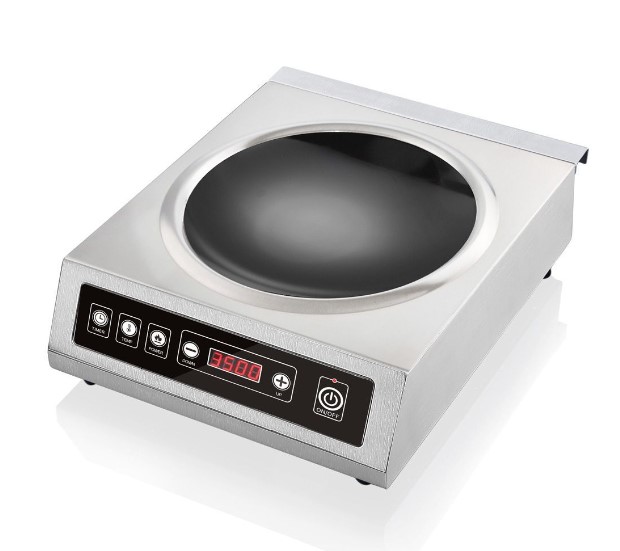

We must first examine the science behind electromagnetism and magnetic fields to understand how induction cooktops work. Electromagnetism is the branch of physics that deals with the relationship between electricity and magnetism. For example, when an electric current flows through a wire, it creates a magnetic field around it. Similarly, when a magnetic field changes, it can create an electric current in a nearby wire.
Induction cooktops use this principle of electromagnetism to create heat. The cooktop contains a series of copper coils that generate a magnetic field when an electric current passes through them. This magnetic field then interacts with the metal in the cookware, creating an electric current in the pot or pan.
The electric current in the cookware, in turn, generates heat through resistance. This means the cookware becomes the heating element rather than the cooktop surface. As a result, induction cooktops heat up much faster than traditional gas or electric stoves because the heat is generated directly in the cookware without heating the cooktop surface first.
The Components of an Induction Cooktop
An induction cooktop comprises several vital components that work together to create heat. These include:
The copper coils are the components that generate the magnetic field. The number and size of the waves can vary depending on the size and power of the cooktop.
The power supply provides the electric current that flows through the copper coils and creates the magnetic field.
The control circuit regulates the amount of power supplied to the copper coils, which controls the heat generated.
The glass-ceramic surface: This is the smooth, flat surface that the cookware sits on. It's made of a particular type of glass that can withstand high temperatures and is easy to clean.
Advantages of Induction Cooking
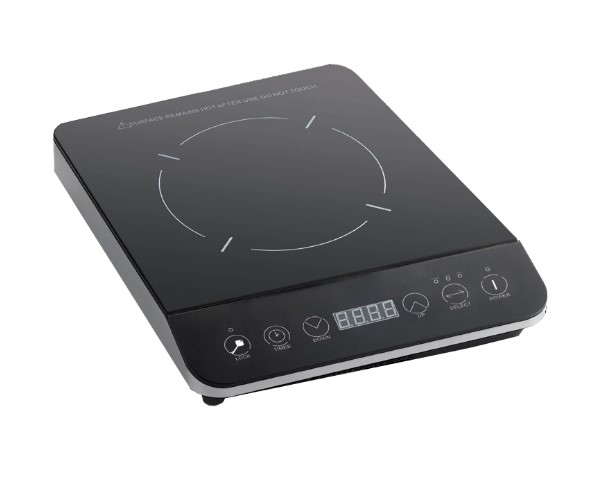

Induction cooktops offer several advantages over traditional gas or electric stoves. Here are some of the main benefits:
Faster cooking times: As mentioned earlier, induction cooktops heat up much faster than traditional stoves. This means you can cook your food more quickly, which is especially useful for busy weeknights.
Precise temperature control: Induction cooktops allow you to control your cookware's temperature precisely. This is because the heat is generated directly in the cookware rather than on the cooktop surface. You can also adjust the temperature quickly and accurately, which makes it easier to avoid overcooking or undercooking your food.
Energy-efficient operation: Induction cooktops are more energy-efficient than traditional stoves because they heat up faster and don't waste energy heating the cooktop surface. This can save you money on your energy bills over time.
Easier to clean: Because the heat is generated directly in the cookware, spills and splatters are less likely to burn onto the cooktop surface. This makes induction cooktops easier to clean than traditional stoves.
Induction Cooktop Safety
Induction cooktops are generally safer than traditional stoves for several reasons. For one, the glass-ceramic surface doesn't get as hot as the burners on a gas or electric stove, which reduces the risk of accidental burns. Additionally, because the heat is generated in the cookware, the cooktop surface stays relatively calm even when the cookware is very hot. This means you're less likely to touch a hot surface and burn yourself accidentally.
It's also worth noting that induction cooktops won't turn on unless they detect the presence of compatible cookware on the surface. This means that if you accidentally leave a plastic spatula or another non-metallic object on the cooktop surface, the cooktop won't heat up and potentially cause a fire.
One thing to remember with induction cooktops is that they require unique cookware. The cookware must be made of a magnetic material, such as cast iron or stainless steel, to work with the magnetic fields generated by the cooktop. Non-magnetic cookware, such as aluminium or copper, won't work with induction cooktops.
Conclusion
Induction cooktops offer a range of benefits over traditional gas or electric stoves, including faster cooking times, precise temperature control, energy-efficient operation, and easier cleaning. In addition, by using the principles of electromagnetism and magnetic fields, induction cooktops generate heat directly in the cookware, making them more efficient and safer than traditional stoves. As long as you use compatible cookware and follow basic safety guidelines, induction cooktops can be a great addition to any modern kitchen.

